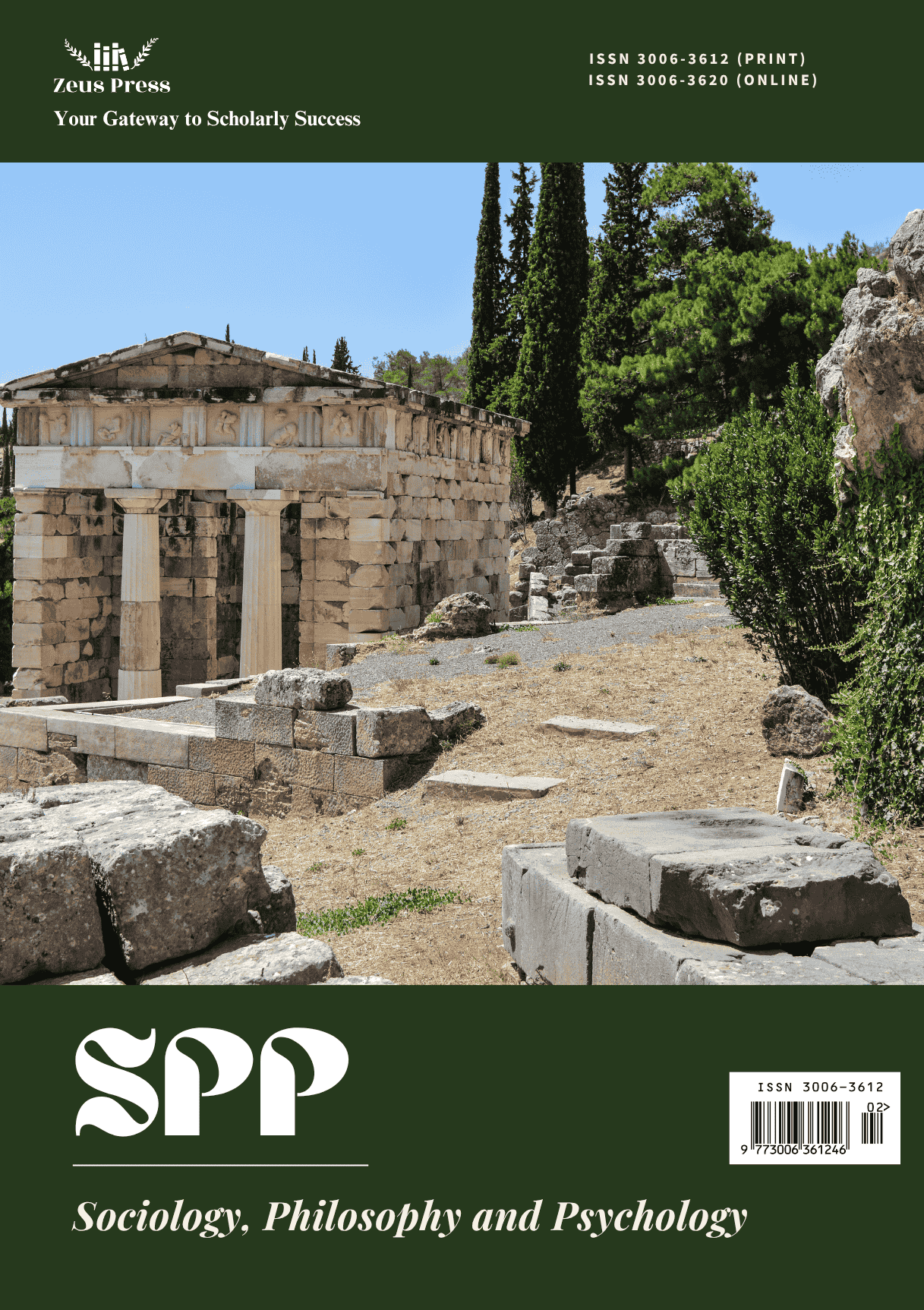Comparative Study on the Credibility of AI-Generated News Content and Traditional News Content
Main Article Content
Keywords
AI-generated news content, traditional news content, credibility comparative study
Abstract
Currently, the credibility of AI-generated news content is one of the greatest problems in the development of AIGC technology in journalism. To explore this problem, this article compares the credibility of AI-generated news content and traditional news content in three main aspects: the amount and quality of used data, the personal bias of journalists, and the information transparency of the news content. Through case analysis, data citation, and critical thinking, this study reveals that AI-generated news benefits from vast training data and objective algorithms, reducing personal bias and enabling broad coverage. However, its credibility is undermined by the potential inclusion of inaccurate or biased data and a lack of transparency regarding algorithms and data sources. By examining both the advantages and disadvantages of AI-generated and traditional news content, this study provides ideas and thoughts for the future development of AIGC technology in journalism.
References
- Agovino, M., Carillo, M. R., & Spagnolo, N. (2022). Effect of media news on radicalization of attitudes to immigration. Journal of Economics, Race, and Policy, 5(4), 318-340. https://doi.org/10.1007/s41996-021-00091-4
- Al-Khalifa, H., AlOmar, T., & AlOlyyan, G. (2024). Natural language processing patents landscape analysis. Data, 9(4), Article 52. https://doi.org/10.3390/data9040052
- Andrada, G., Clowes, R. W., & Smart, P. R. (2023). Varieties of transparency: Exploring agency within AI systems. AI & Society, 38(4), 1321-1331. https://doi.org/10.1007/s00146-021-01326-6
- Fang, X., Che, S., Mao, M., Zhang, H., Zhao, M., & Zhao, X. (2024). Bias of AI-generated content: An examination of news produced by large language models. Scientific Reports (Nature Publisher Group), 14(1), Article 5224. https://doi.org/10.1038/s41598-024-55686-2
- Han, J., Li, Q., Xu, Y., Zhu, Y., & Wu, B. (2024). Design of a trusted content authorization security framework for social media. Applied Sciences, 14(4), Article 1643. https://doi.org/10.3390/app14041643
- Johnson, J. A., Moore, B., Hwang, E. K., Hickner, A., & Yeo, H. (2023). The accuracy of race & ethnicity data in US based healthcare databases: A systematic review. The American Journal of Surgery, 226(4), 463-470. https://doi.org/10.1016/j.amjsurg.2023.05.011
- Miller, R. (2015, January 29). AP’s “robot journalists” are writing their own stories now. The Verge. https://www.theverge.com/2015/1/29/7939067/ap-journalism-automation-robots-financial-reporting
- Nyilasy, G. (2020, April 22). Fake news in the age of COVID-19. University of Melbourne. https://fbe.unimelb.edu.au/newsroom/fake-news-in-the-age-of-covid-19
- Xie, Y., Zhang, Z., Liu, Y., Chen, E., & Li, N. (2024). Evaluation method of IP geolocation database based on city delay characteristics. Electronics, 13(1), Article 15. https://doi.org/10.3390/electronics13010015
- Zednik, C. (2021). Solving the black box problem: A normative framework for explainable artificial intelligence. Philosophy & Technology, 34(2), 265-288. https://doi.org/10.1007/s13347-019-00382-7


